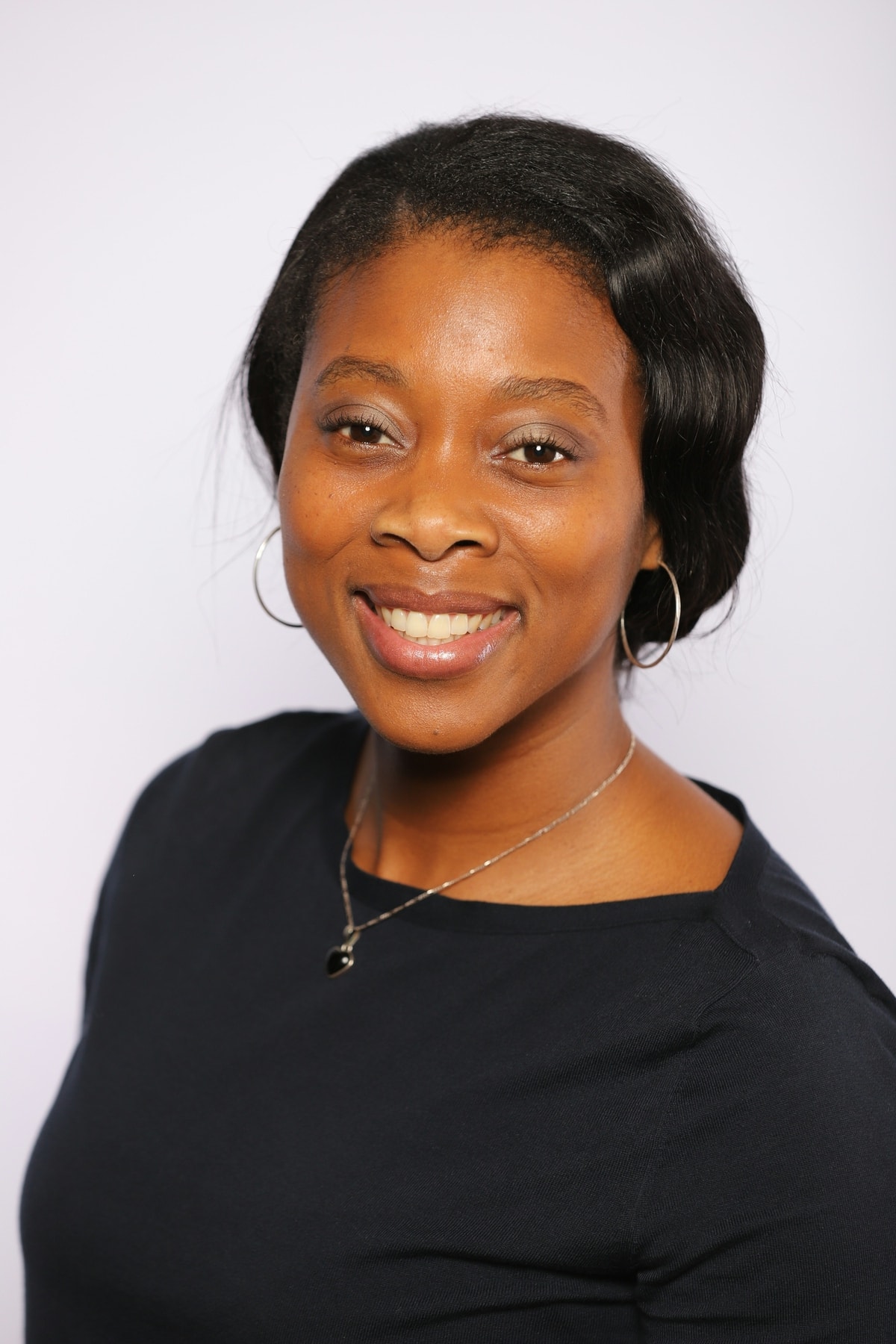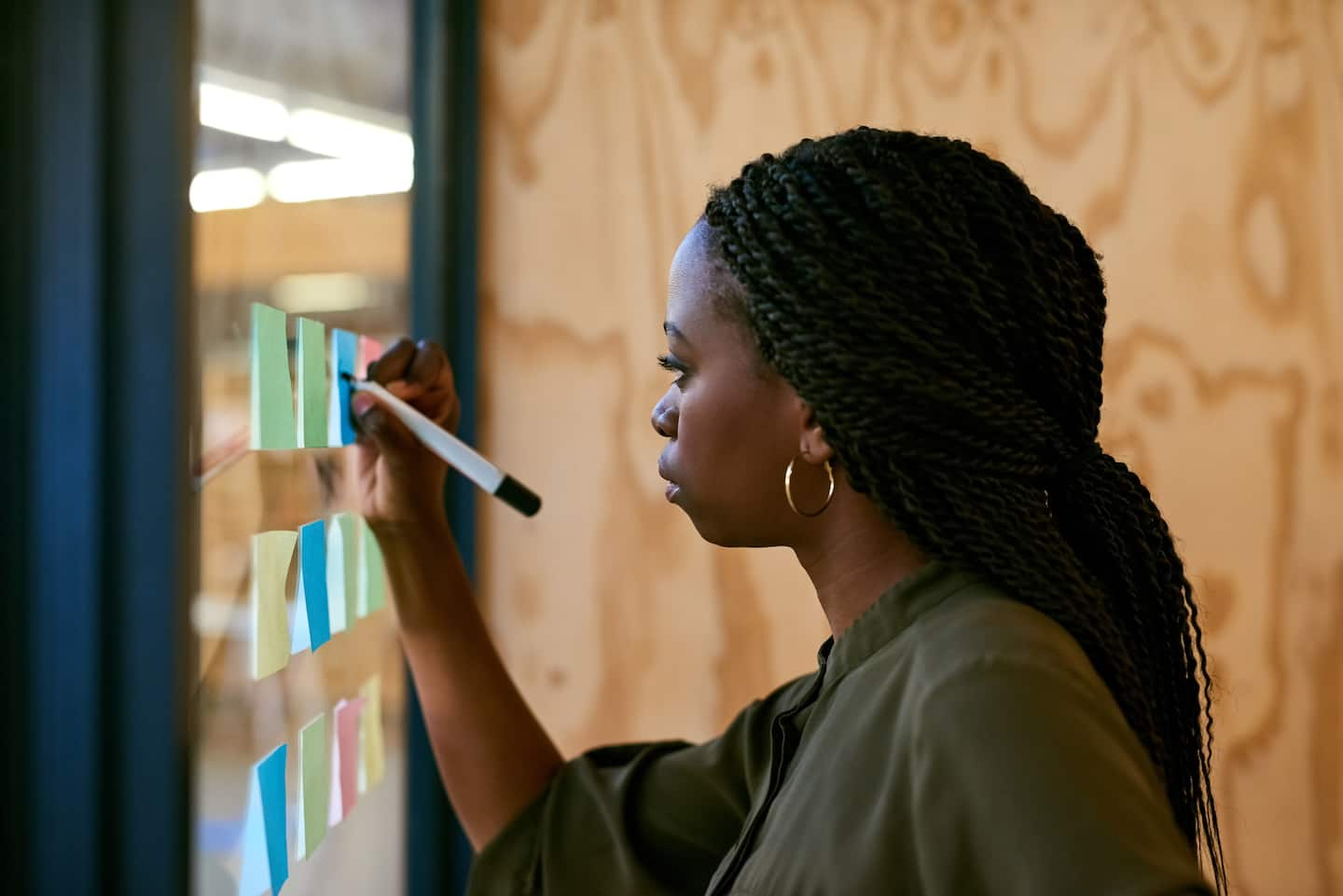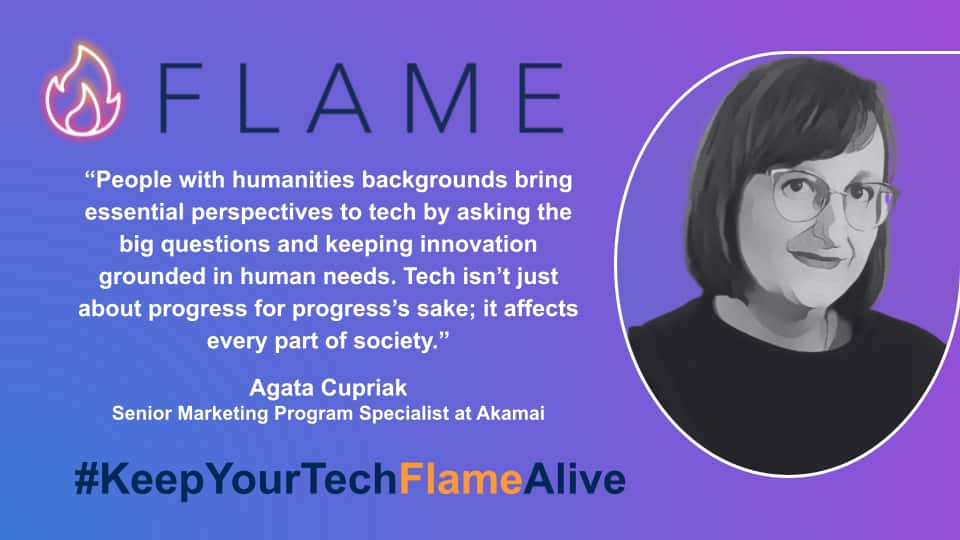Normalizing Women in Tech with Intentionality

Welcome to our “Women in Tech” blog series, which features women’s journeys into, and experiences within, the technology industry. Our first “Women in Tech” blog post of the series focuses on Akamai Vice President Simone Stewart. In this post, Simone discusses the challenges faced by women in tech, how change requires intentionality, and the ways to cultivate an inclusive workplace culture.

There’s power in numbers
Although women have been making strides in equalizing their role in the workforce, there is still a long way to go. In the United States, approximately 57% of women participate in the total workforce compared with 69.1% of men. That percentage is projected to drop to 55.4% by 2024 and to 51.9% by 2060. Specifically, in tech, women hold 24% of computing jobs, compose 11% of the engineering workforce, and account for only 19% of STEM graduates.
As of 2022, women held 26.7% of tech-related entry-level jobs, and even fewer senior-level positions. In the United States, women hold only one of every four software engineering positions and one of every five of the senior software engineer positions available.
While the numbers may tell a different story, in this blog, Simone Stewart, Vice President of Program and Enablement in the sales organization at Akamai, believes that there has been a positive shift in normalizing women in tech. She discusses the challenges faced by women in tech and how anyone can cultivate more inclusive work environments for women pursuing technical and leadership roles within the tech industry.
Answering when tech calls
Before joining Akamai, Simone did consulting work for 13 years, mostly in the telecommunications and media space; starting out, Simone found herself triaging billing issues for Verizon and designing voice recognition workflows for AOL. Although she initially wanted to work in business with big media brands like Disney, TV One, and Discovery Channel, Simone “fell into” working in the tech industry.
“It wasn't my intention to go into technology. I wanted to go into business — whatever that means to a 21-year-old [who is] graduating college,” says Simone, “I sort of fell into [tech], and I became good at it. And so, I fell into it pretty early and then grew up in it.”
At Accenture, Simone became a subject matter expert on digital analytics, change management and software delivery for customers. After a while, she became more interested in solving “some of the same problems, but then seeing them all the way through,” which is how Simone landed at Akamai.
“I followed a leader who I used to work for at Accenture over to Akamai. I got a chance to do what I was doing [at Accenture], but do it with a greater sense of ownership, a greater sense of follow through, and a greater sense of commitment to the mission,” she explains. “You don't get that satisfaction in consulting engagements where you're airlifted in and airlifted out.”
Using tech to drive positive changes in society
Today, Simone’s team is responsible for helping sellers and partners with the enablement tools and processes that make their lives easier, more efficient, and more productive. Simone and her global team of 50 are at the forefront of transformational change aimed at not only improving sales outcomes but also helping sellers engage with customers better — and faster.
As someone who previously worked in media, Simone realizes now that every company could consider themselves a tech company since everything is going digital and has moved to the cloud.
“Everything is digital, including media and marketing. Media is all about being able to get the masses to consume at scale in this cloud environment. Being able to do the analytics on that and understand how people are receiving the content and using that data to then further improve and engage in the content,” explains Simone. “I love that I get the freedom to drive change in meaningful ways.”
Challenging the status quo in tech
When asked if being a woman in tech is difficult, Simone answered “yes” without hesitation. Simone notes that colleagues in more technical positions, such as software engineers, developers, and analysts, may have more to overcome than someone in a less technical role.
“There are more challenges for women who have technical roles, like engineering roles — it can be harder to get your voice heard, and to build credibility.”

Leaders rarely ask for permission
Traditional gender roles play a part in how women navigate the workplace, especially in leadership. Even though women in tech can become strong leads, and make good decisions, traditional gender roles may cause women to think that they require more coaching than their male counterparts. In her role, Simone recognizes this dynamic.
“I'm seeing it play out every day. I more often see men making decisions and women asking for permission to make decisions,” notes Simone. “I have male leaders that come to me and tell me: ‘Here’s what I'm going to do. I got it under control.’
“And then I routinely mentor women who seek me out for validation, asking questions like: ‘Hey, can I take the lead? Can I say I have it under control? Can I set the direction and make the decisions?’ And I'm coaching, telling them, ‘Yes! Make the decisions.’ I'm not giving that coaching to men.”
Understanding the intersection of gender and culture in tech
While there continues to be gender disparities in the number of design and developer roles that women hold, gaps in pay rate, and less promotion of women into leadership positions, the difficulties women in tech face may also be influenced by cultural differences.
“Women, regardless of race, are perceived the same way,” says Simone. “It's more of the cultural differences. I am culturally Jamaican, and I was raised in a very matriarchal family. When you're the first generation of immigrants who came here with a plan, you don't have that permission mentality. I don't share that level of ‘Hey, can I should I?’ I'm like, ‘No, I'm doing it.’”
I go out of my way to build relationships that are founded in good communication and trust. I stress this with my team every day about collaboration. The key to collaboration is really listening and understanding the challenges of others — to understand how and where we can collaborate and help."
— Simone Stewart
Providing real-time feedback
Simone’s cultural background has influenced her approach to leadership, and how she gives and accepts feedback. Giving honest, real-time feedback and praise, and making sure her employees know she’s in their corner and practicing “servant leadership” are parts of Simone’s collaborative working style that derive from her cultural values.
“I go out of my way to build relationships that are founded in good communication and trust. I stress this with my team every day about collaboration. The key to collaboration is really listening and understanding the challenges of others — to understand how and where we can collaborate and help,” she says. “I try to give them the voice with me that I want to have with them.”

Moving toward a more conscious workplace culture
Many factors affect workplace diversity, equity, and inclusion (DEI) — from planning to collaboration to implementation. Workplace culture plays an important role in an organization’s inclusivity; it takes initiative with some degree of intentionality to make inclusivity happen both at an individual and organizational level.
“Culturally, how that manifests itself is when you have leadership that has made a commitment, and how that commitment manifests itself will impact how employees perceive their role and receive opportunities,” says Simone.
Being intentional in the workplace, being mindful of staffing and other challenges faced by peers and colleagues, and being empathetic to cultural differences can impact workplace culture — on both the individual and organizational levels.
Individual intentionality may look like, for instance, reevaluating criteria on who leads projects, the methods used to promote others into leadership roles, and how management/human resources departments approach who is less supported within an organization.
Organizational intentionality may look like updating policies and procedures to include shared values and belief systems that make a conscious effort in creating a diverse environment for women in male-dominated industries, such as engineering, web development, and other technical roles.
Workplace culture plays an important role in an organization’s inclusivity; it takes initiative with some degree of intentionality to make inclusivity happen both at an individual and organizational level.
Start with the pipeline
There is no single quick-fix solution; becoming more inclusive involves addressing multiple aspects of the system at once. But where is the best place to start?
“It starts with the pipeline,” says Simone. “You can desire a culture with a more inclusive environment that has women in the right seats, but if the pipeline to get them in the door to find them is slim, then you still have to address the pipeline issue. And the pipeline issue goes back to tradition, with men [getting] the engineering and comp-sci degrees and women [getting] marketing degrees.”
Elevating representation of women in tech through mentorship and exposure
Simone, who was born and raised in Baltimore City, Maryland, and attended public schools, has made it a point to take on speaking engagements with Girls Who Code and other STEM programs, to show young women that being a woman in tech is an attainable goal.
“I'm a member of the Maryland Business Roundtable and so I go into high schools and talk about the achievement path and how to get to where I got to. I enjoy doing speaking engagements and going back to college campuses.
“For those young ladies or young men sitting in a seat that I was in 30 years ago, and to see where I've reached, it's quite powerful and impactful for them. Coming from the background we come from, it sets an example for what is possible,” notes Simone. “And that this is not an unachievable goal.”

Applying the 70/20/10 rule
Simone talks about how her team at Akamai uses a 70/20/10 rule, where 70% of what you learn is by doing real-time tasks, 20% comes from exposure, and 10% of what you learn is through educational training. She encourages young women interested in joining the tech industry to find a mentor to get exposure to things that they may not discover with traditional education.
Re(paying) it forward
“I’ve had really good mentors and coaches. I was a mentor. I enjoy being that sounding board and that avenue for people to get exposure. I've tried to give them exposure to things that got me to where I am,” she says. “I'm here because there are people who reached back and pulled me forward. It is me repaying what got me here, in the same way.”
Getting to the next level requires constant growth
One small, yet thought-provoking statement that Simone received from her mentor has been a catalyst to help her grow into her leadership role: “What got you where you are today won’t get you to the next level.”
This piece of advice has been impactful for Simone to pivot from being seen as an individual contributor to becoming a leader who can develop others and get things done at scale.
“This idea of constant growth and evolution: If you want to get to the next level, there are other things that you now have to do differently or add on to that skill set to get to the next level,” says Simone. “You have to grow. You have to develop. You have to transform to be ready for the next level.”
Women have played an integral part in shaping technology into what it is today, and seek more opportunities to have a seat at the table to impact more change.
Be the change
Women have played an integral part in shaping technology into what it is today, and seek more opportunities to have a seat at the table to impact more change. A critical starting point for inclusion of women in tech is recognizing and addressing the systemic barriers and biases that have led to underrepresentation of women in the industry.
“There's still work to do,” says Simone. “We've come a long way, but there's still work to do. I may have a rose-colored-glasses type of perception, but at Akamai, we've cultivated an environment of inclusivity. I don't think that's the case everywhere,” Simone notes.
Implement, cultivate, and commit to DEI initiatives
Organizations that commit to implementing policies and programs that promote DEI help increase support and mentorship for women in tech. The work to eliminate unconscious biases in hiring, promotion, and funding processes is integral in shaping the shift to increasing women’s involvement in the tech industry on all levels.
“We're moving into an era that is more conscious, more proactive about normalizing women in the workplace, in leadership roles, and women in tech and engineering,” says Simone. “We do have work to do, and over time, we'll continue to see a shift. I've been lucky to come from big-name companies where inclusivity [has been] cultivated.”




